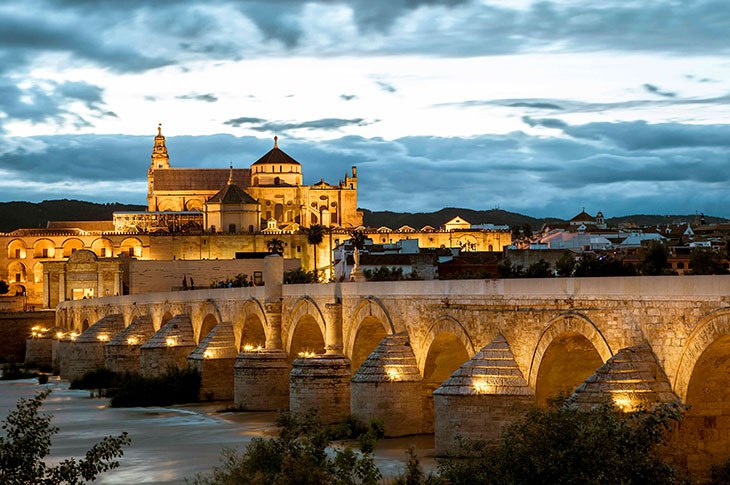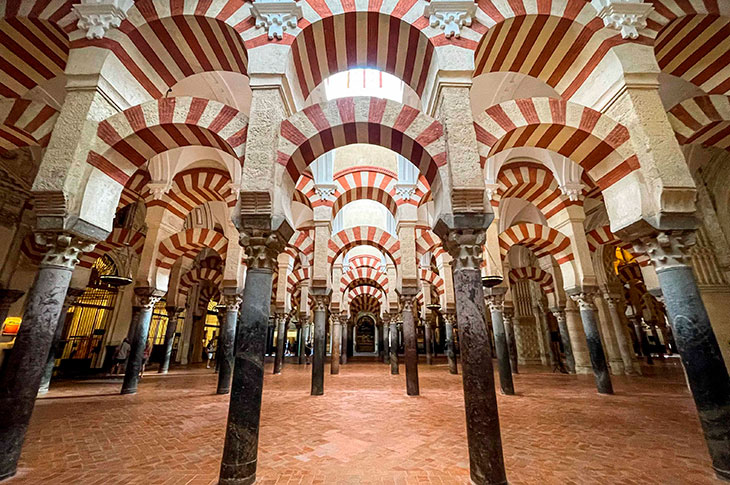Four heritages, one city: Cordoba, melting pot of cultures
The history and architecture of the city narrate the passage of great civilizations
Cordoba, in the heart of Andalusia and one of the most emblematic destinations in southern Spain, stands as a living testimony to universal history and culture. Its strategic location along the Guadalquivir River and the rich heritage of the civilizations that inhabited it have forged a unique city, recognized by UNESCO with four inscriptions on the World Heritage List. Mosque-Cathedral of Cordoba (1984). This monument, begun in the 8th century, is an exceptional testimony of Islamic architecture in Spain. Its evolution over the centuries reflects the coexistence of cultures and religions in the region.

Historic Center of Cordoba (1994). The environment surrounding the Mosque-Cathedral, with its narrow streets, squares and courtyards, offers an authentic view of the rich cultural heritage of the city. This historic complex stands out for its architectural and urbanistic value. Fiesta de los Patios (2012). This celebration, which takes place every spring, highlights the Cordoba tradition of decorating courtyards with flowers and ornamental elements. UNESCO recognized this festivity as Intangible Cultural Heritage of Humanity, valuing its contribution to the identity and social cohesion of the community. Caliphate City of Medina Azahara (2018). The ruins of this palatine city, built in the 10th century by Caliph Abd al-Rahman III, represent the splendor of the Caliphate of Córdoba. Its inclusion on the UNESCO list underlines its historical and archaeological importance.

To visit Córdoba is to immerse yourself in a melting pot of cultures, where every corner tells millenary stories and every monument invites you to discover the greatness of its past. A city that proudly preserves and shares its invaluable heritage with the world. In addition, Cordoba shares with the rest of Spain recognitions such as Flamenco (2010) and the Mediterranean Diet (2013), both declared Intangible Cultural Heritage of Humanity, further enriching its vast cultural legacy.

